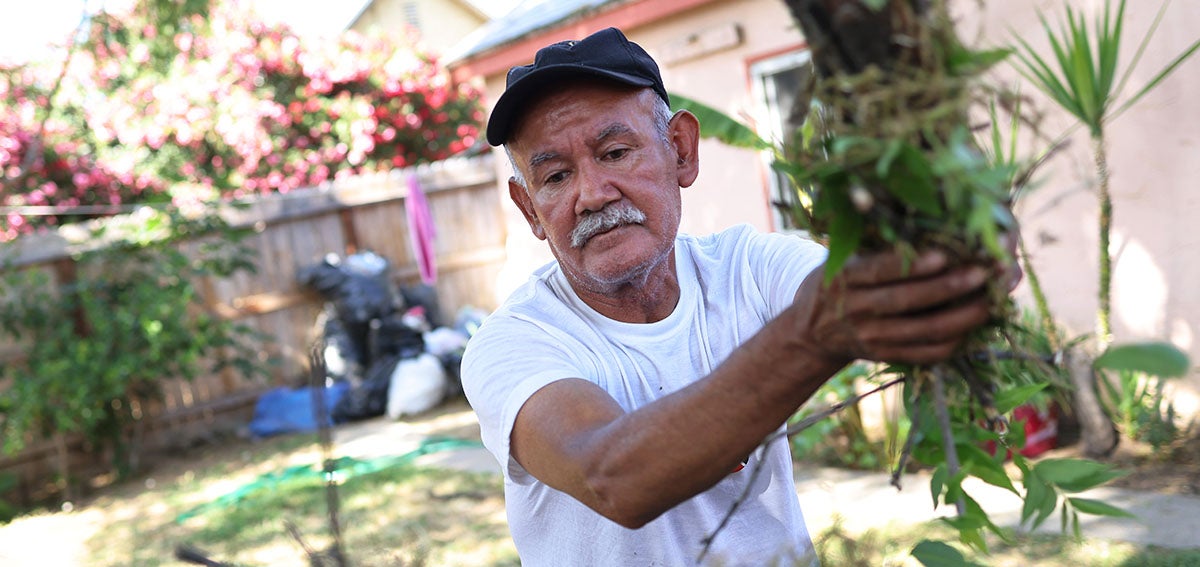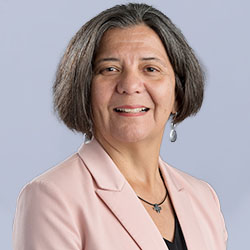
The COVID-19 pandemic reminds us that good health is the foundation of a prosperous society, and that far too many Californians suffer from preventable illnesses because of their skin color or the size of their paycheck. That’s why the ongoing process of reopening California must go hand in hand with investments in the long-term health of Californians.
By that measure, Governor Gavin Newsom and the state legislature earned high marks for the latest state budget. Overall, the fiscal year 2021–22 budget represents a historic level of investment in health that will pay dividends now and in the future.
There is cruel irony in the fact that the record-high tax revenues that make these public investments possible are the product of an economy that exhibits and exacerbates such extreme inequality. It is therefore both just and prudent for state leaders to channel California’s extraordinary budget surplus into programs that begin to bridge the state’s economic and health divide.
The full list of the budget’s new health investments is too lengthy to include here. Instead, I’ll share five areas where the budget could transform California’s health care safety net in ways that will help many millions of our state’s residents.
Advancing Health Equity
The pandemic made racial and ethnic health inequities impossible to ignore. The budget provides new tools for the state to take on this monumental problem. It will fund a health equity data dashboard to enable California’s health and social service departments to align their activities and operate with increased transparency and accountability. It authorizes the Department of Managed Health Care to establish and enforce health equity and quality standards for licensed full-service and behavioral health plans. And it commits to allocations of $300 million per year beginning in 2022-23 to reduce health disparities and support a public health workforce.
The budget calls upon the Department of Consumer Affairs and the Department of Health Care Access and Information to work with licensing boards to collect data on race/ethnicity, languages spoken, gender identity, sexual orientation, and disability status of California’s health care professionals. This information can be used to guide the growth and diversity of the health care workforce, particularly in medically underserved and high-poverty areas.
Of course, it will take more than one budget cycle to alleviate generations of structural racism and transform care to uphold the dignity that each Californian deserves. Still, this year’s budget is an unprecedented move in that direction, especially if the new spending is combined with strengthened health equity standards and requirements for commercial Medi-Cal managed care plans, whose contracts are up for renewal.
Expanding Health Coverage
Our entire society pays a price when millions of workers and families are left out of the health care system. With this budget, the state takes a big step toward covering everyone by expanding Medi-Cal eligibility to Californians with low incomes age 50 and above regardless of immigration status. Many people covered by this policy have spent decades performing essential roles in California communities and contributing billions to the state economy. This builds on California’s previous expansions of eligibility for kids and young adults from low-income households, regardless of immigration status. Taken together, these policies make California the undeniable leader among states working to achieve universal coverage.
Strengthening Medi-Cal
Medi-Cal is the biggest player in California’s health care market and the best opportunity we have to lift the health of our state. And yet, for all its strengths, too many Californians with complex health needs experience the program as fragmented and difficult to navigate. Enter CalAIM, which is short for California Advancing and Innovating Medi-Cal. Its goal is to improve health outcomes for people with the greatest health burdens — like those experiencing homelessness — by adopting a “whole-person” approach to care.
After years of planning, the 2021–22 state budget serves as CalAIM’s official launching pad. It provides the authorization and resources for the Department of Health Care Services to implement CalAIM. Also, because effective care management for people with complex needs depends on the ability for providers to share information with each other, the budget also provides funding and a requirement that the state develop a framework to improve health data exchange across the state and a requirement that providers share their data. On that front, California has an opportunity to build on what other states have done to enable providers to see the whole picture, make coordinated and timely decisions, and save lives.
Increasing Access Through Telehealth
One bright spot of the past year was the rapid spread of telehealth care through the availability of video and phone visits. The technology behind telehealth isn’t new, but it took a pandemic to unleash its potential. Community health centers became major adopters of telehealth to maintain their patients’ access to primary care and mental health care. Now with the pandemic receding, state policymakers had to figure out a policy for how Medi-Cal should reimburse these telehealth visits going forward. The biggest question was what to do about phone visits, which have proven to be a lifeline — and the most convenient way for many Californians with low incomes to access care.
Fortunately, the governor and lawmakers agreed to extend coverage for both phone and video visits at the same rate as in-person visits for the next year. That change will give state lawmakers time to continue learning from the experiences of community health centers and to revisit the issue in the next budget.
Building the Health Workforce
There would be no health care system without an expansive health workforce. If that wasn’t clear before the pandemic, it should be extremely clear now.
In 2019, the California Future Health Workforce Commission projected major shortages of professionals to meet demand for primary care, mental health, and other critical services over the next decade. The commission’s work exposed the fact that no state agency had been tasked with tracking how many health care workers were being trained or whether the training matched the state’s most pressing needs.
The 2021–22 budget changes that. New funding will recast the Office of Statewide Health Planning and Development (OSHPD) as the Department of Health Care Access and Information, authorize it to play a more central role in health workforce planning, and develop a robust data system to better inform health workforce policy and funding decisions.
The budget also includes several new investments to address specific health workforce shortages, including new medical residency programs, more mental health providers for children and youth, more public health workers, and broader Medi-Cal reimbursement for services provided by community health workers.
With a record budget surplus and the biggest health emergency in over a century, now is the right time for smart strategic investments in California’s health care safety net. I applaud state leaders for making this down payment on a healthier future and a more just society.
Authors & Contributors






